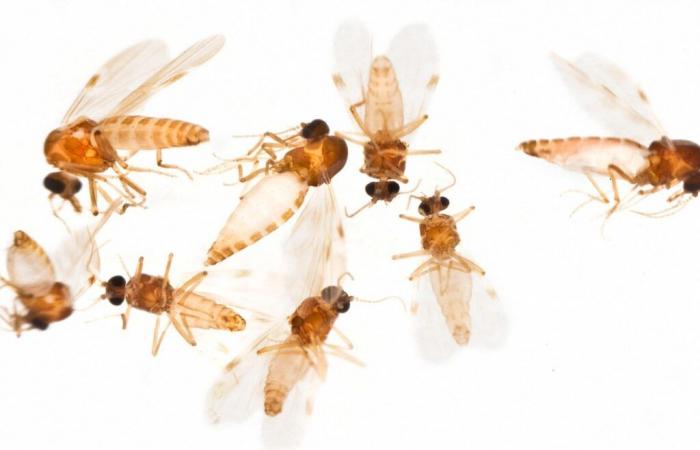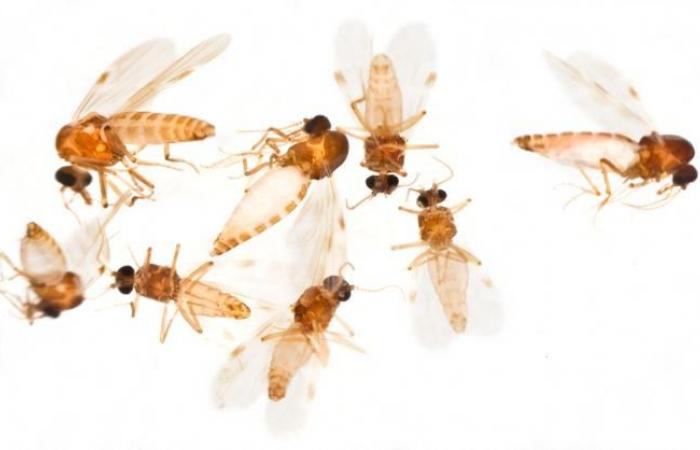While South America is suffering the onslaught of numerous arboviruses such as the Zika epidemic in 2015-2016, chikungunya and even dengue – the latest wave of which is the most violent that Brazil has ever experienced (more than 9.5 million cases in 2024 for this country alone) – a new disease transmitted by insects has been exploding in the region since the start of the year. Oropouche fever, named after the Oropouche River in Trinidad and Tobago, is not new, having been discovered in the 1950s, but it is still little known outside its endemic area, i.e. the Amazon. However, in recent months, this disease transmitted by midges has emerged in previously unaffected states and more serious forms have been observed.
Since the start of the year, more than 10,200 cases have been recorded in seven South American countries, led by Brazil, with 80% of cases confirmed and the first two known deaths from the disease in July. While the virus was until then confined to the western and northern states of the country, it spread for the first time this year to the more populated and urbanized eastern and southern regions. More worrying, the pathogen landed on the island of Cuba, in the Caribbean, more than 3,000 kilometers to the north, causing a major epidemic with more than 555 cases.
Travelers infected in South America and Cuba “imported” the disease to the United States (90 cases), Canada (2 cases), but also to Europe, where around thirty cases were diagnosed in Spain (21) , in Italy (6) and in Germany (3). The virus did not spread among those around infected travelers. But for the first time, on August 9, the European Center for Disease Prevention and Control called on European nationals to “exercise caution” in the event of travel to an epidemic zone.
A new, more virulent strain
How can we explain such an emergence? Two studies published on September 18 in Nature Medicine and October 15 in The Lancet Infectious Diseases converge on the same hypothesis: the appearance of a new “restocking” of the virus between 2010 and 2014 would be at the origin of the epidemics of 2023-2024. “This reassortment event occurs when two related Oropouche viruses infect the same cell and exchange genetic segments”explains William de Souza, assistant professor at the University of Kentucky, specialist in arboviruses, and co-author of the study published in The Lancet. This new virus replicates faster and is more virulent in mammalian cells than the old strain. Additionally, it can evade antibodies from previously infected people. “The ability of this new strain to reinfect individuals who have already been exposed to the virus could explain its re-emergence in the Amazon basin”underlines the researcher.
You have 62.31% of this article left to read. The rest is reserved for subscribers.







